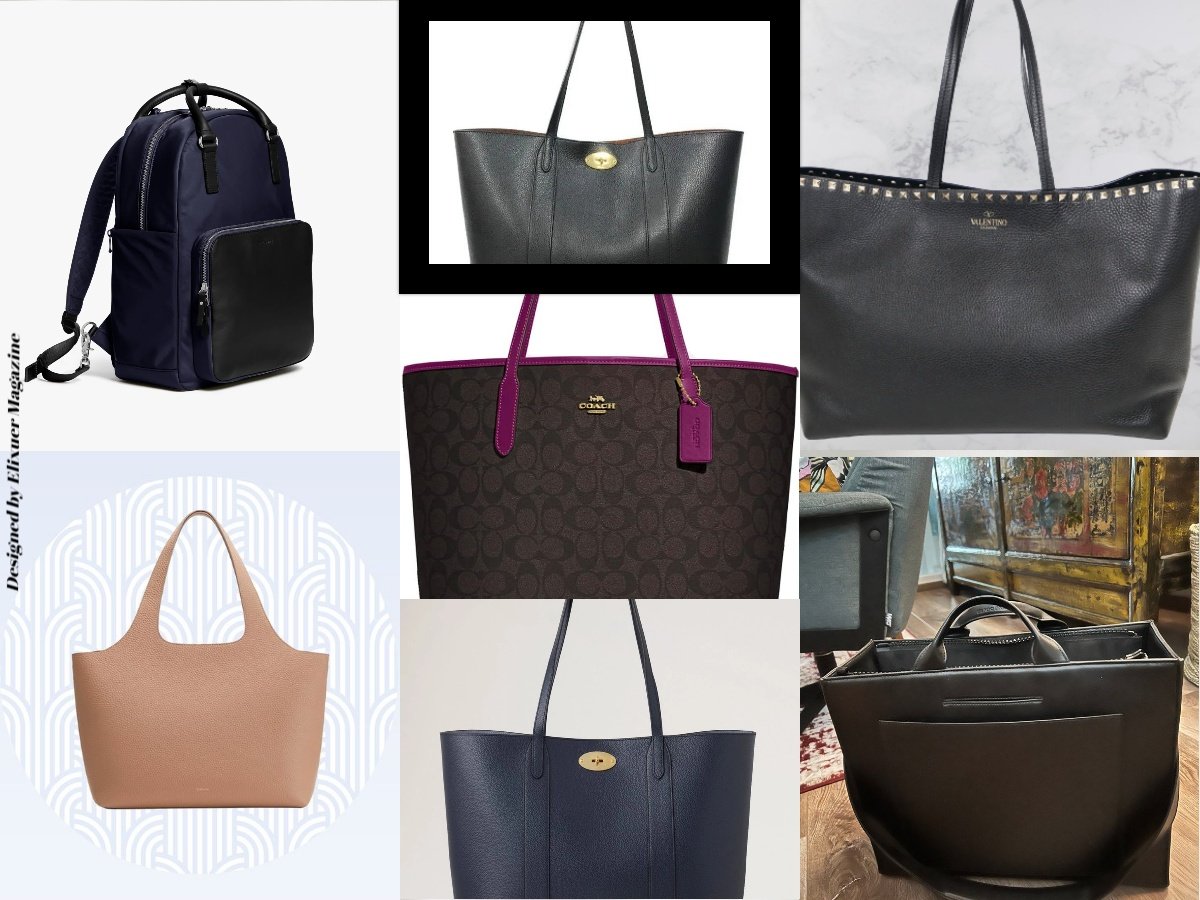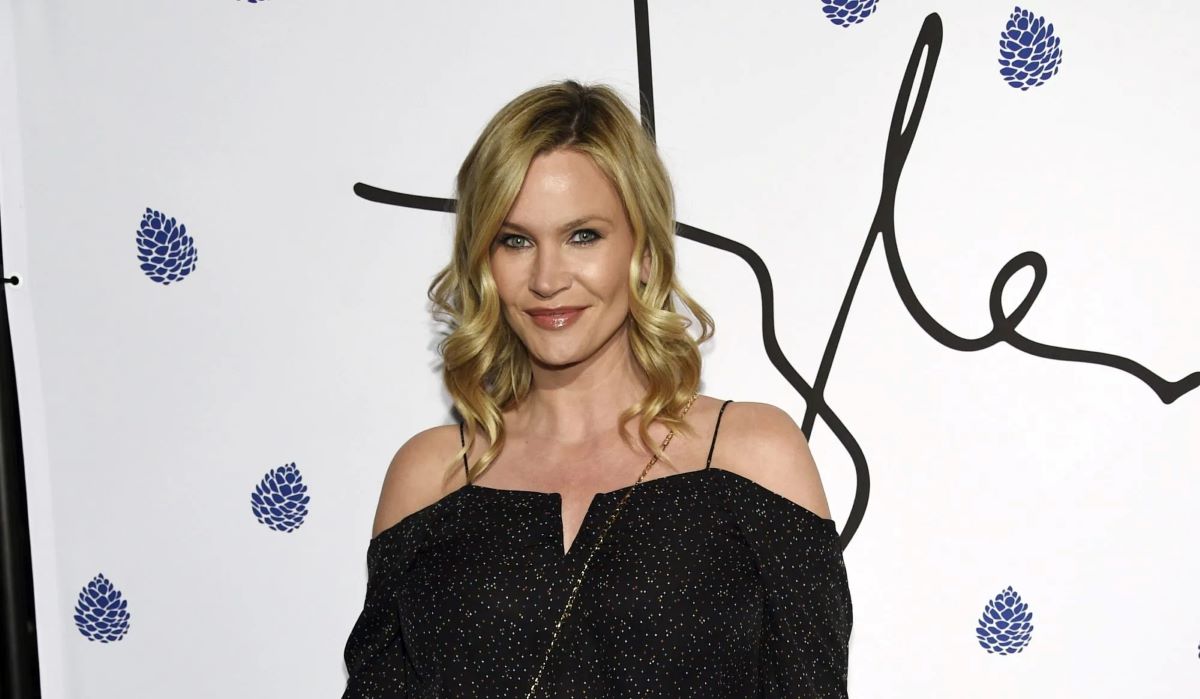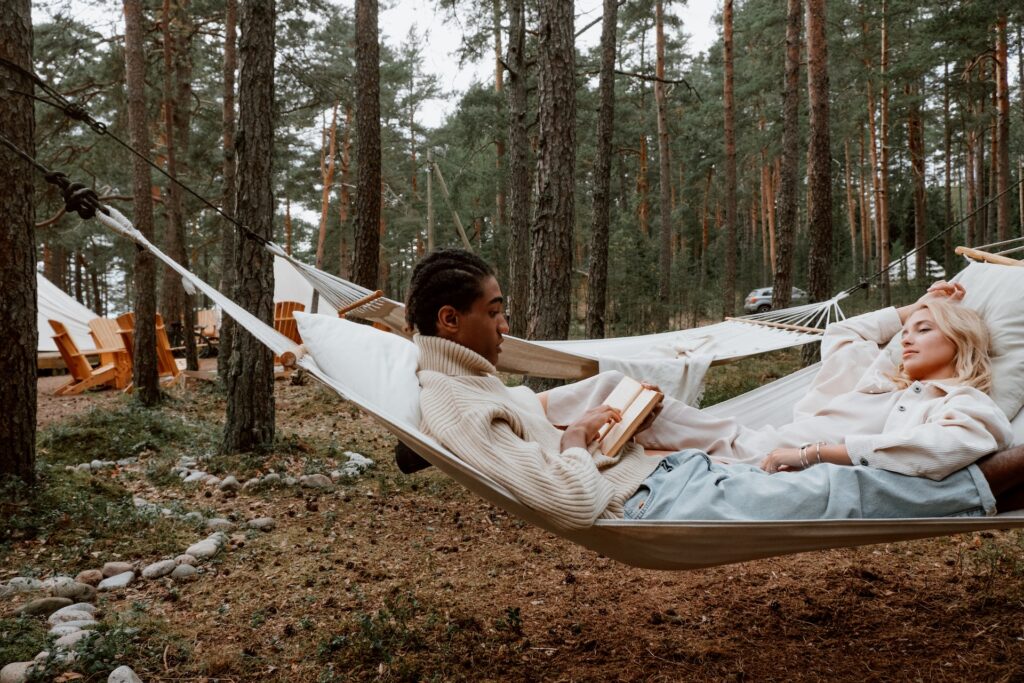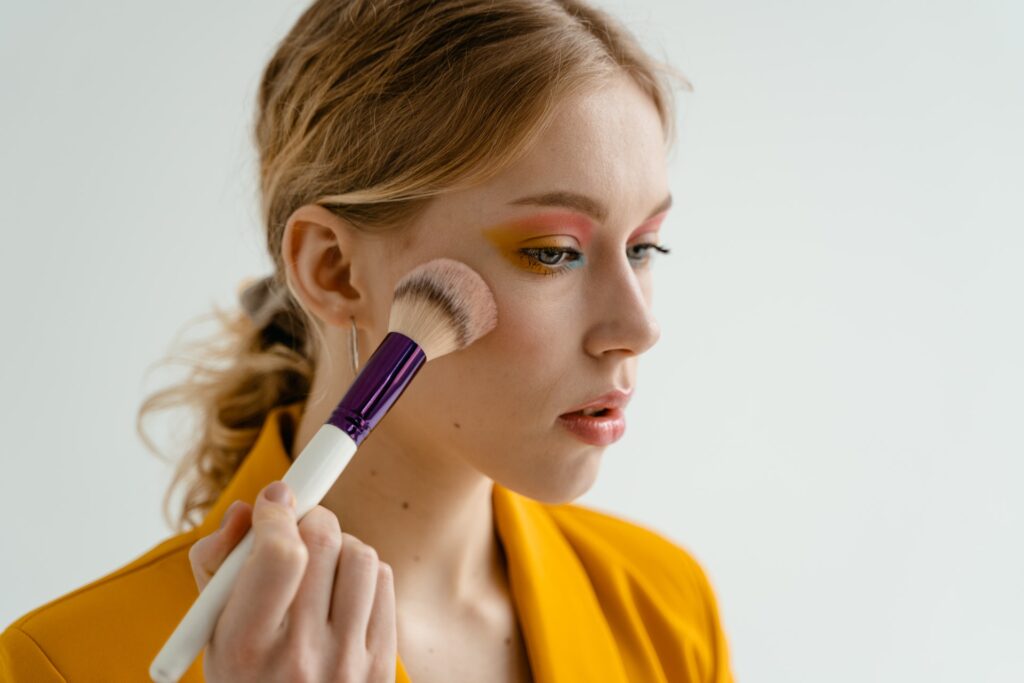So long are the days where dating was limited to meeting at mixers, bars, or friends’ weddings. People looking to find their perfect match now have access to a global pool of potential mates at their fingertips, thanks to the rise of online dating applications.
Many of the popular online dating platforms that exist today follow a similar format. Users create a profile with photos, biographies, descriptions, and prompts to express themselves. They describe their passions and outlook on life, as well as what they are looking for in a relationship.
With the launch of Tinder in 2012, individuals of all sexualities were given a social platform to connect with potential partners, whether it be for something casual or serious. Soon after, Hinge was launched in 2013, Bumble in 2014, and Raya in 2021. Each of these platforms offer a slightly different approach to courting.
While Tinder offered user profiles to swipe through (with a left swipe indicating zero interest and a right swipe confirming interest), Hinge caters their app to those looking for a more serious connection. Their user interface encourages users to slow down and view each profile individually, with prompts for users to showcase their personality, and a feature that allows potential matches to hear the sound of a potential mate’s voice, allowing for a more intimate experience.
Alternatively, Bumble (which was founded by Whitney Wolford, the former vice president of marketing for Tinder) provides women with a platform where they are given control to make the first move on their male counterparts. In 2017, Bumble also introduced “Bumble BFF”, which provided users the option to seek out platonic relationships as opposed to romantic ones.
More recently, Raya, a private, membership-based community, was introduced for people in the creative industry — such as actors, musicians, and photographers — to connect. With a rejection rate higher than Harvard Business School, Raya is known to be quite exclusive but offers a unique experience, allowing members to search through their audience based on filters such as the professional industry they belong to.
The nature of dating has changed dramatically because of these platforms. Although they have opened up new possibilities to find a partner, their presence has also shed light on the limitations that come with trying to find love online.
Despite the amount of customization when creating a profile, pictures and words by themselves do not capture the entire essence of a human being. Aspects such as their mannerisms, physical presence, voice, and more, are excluded. In addition, the popular “left swipe/right swipe” feature has shown to expose people to more rejection than ever, with research showing 50 per cent of confirmed matches do not message back to people who have reached out, leading to higher rates of depression and anxiety.
Users of online platforms are also increasingly subject to being “ghosted” — in other words, being stood up. Also, they can get “catfished,” which is when someone hides behind a fake profile and causes deceit.
Although there are risks posed with online dating, the potential positives that come with courting a mate online are also shown to be worthwhile. A study done by neuroscience researchers confirmed a positive correlation between online dating and relationship satisfaction. This study reported that couples who met each other online confirmed higher levels of happiness within their relationship as opposed those who met through traditional means.
With that said, there is no doubt that these apps have elevated the dating playground to new heights and realms of possibility when looking for “the one.”
Arnav Khosla | Contributing Writer








